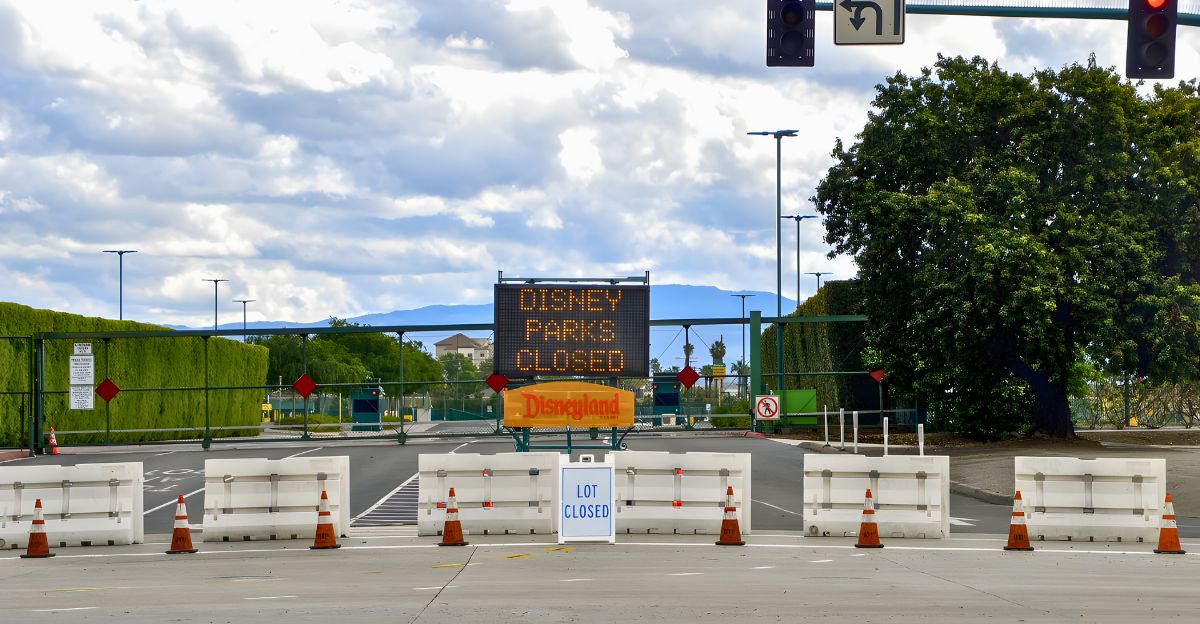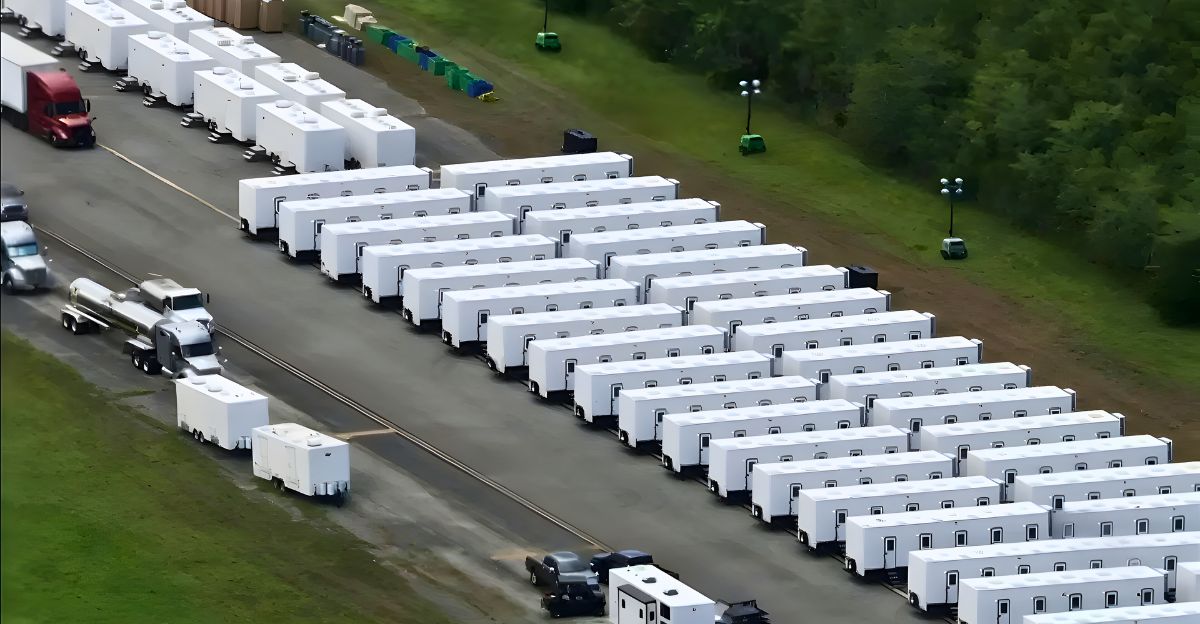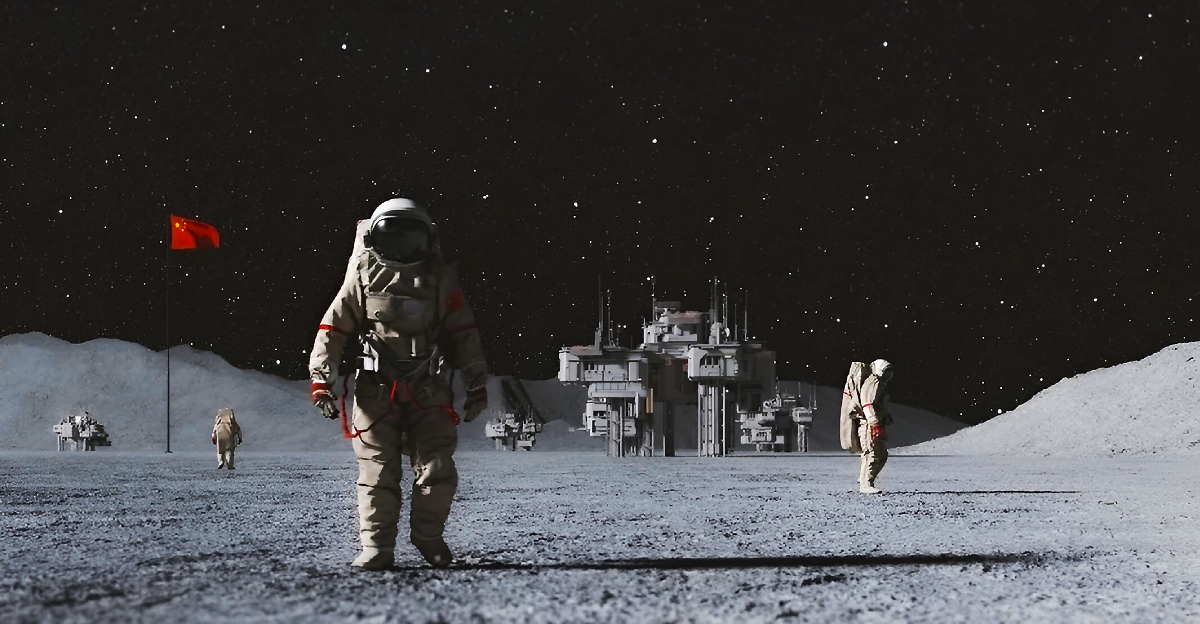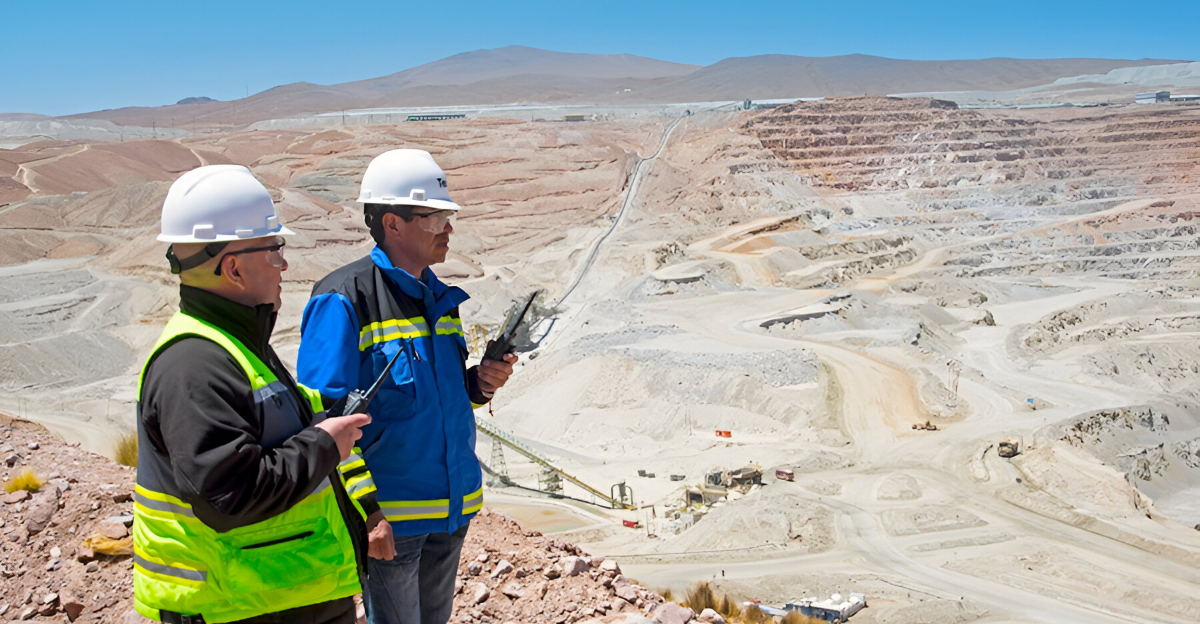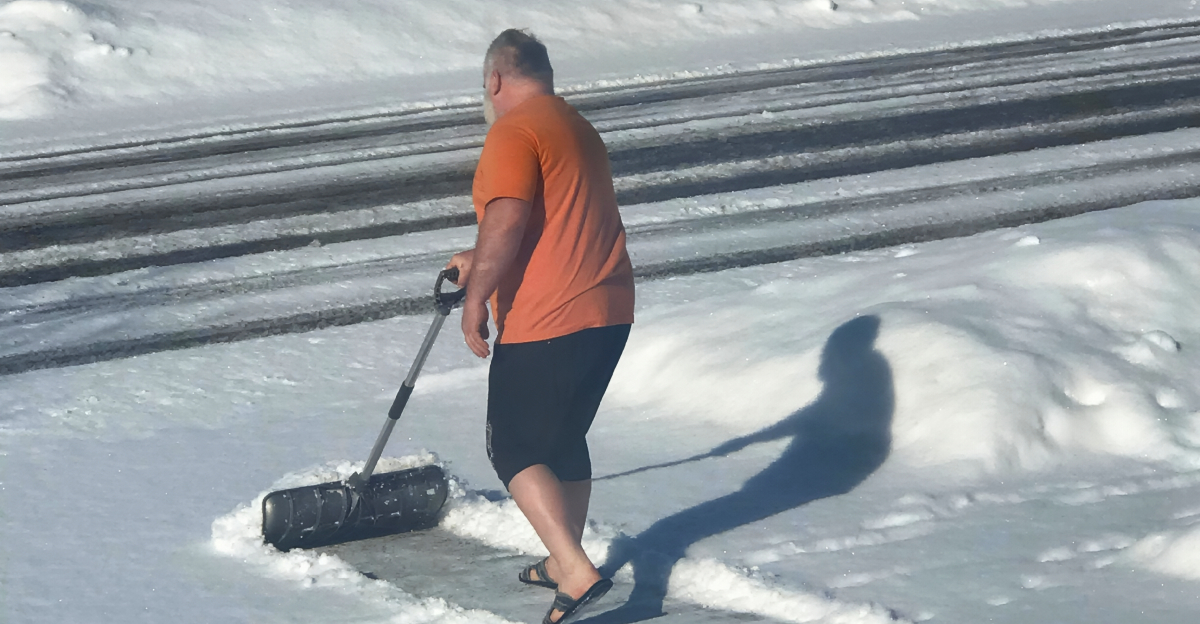
It’s the kind of headline that will make even the most experienced meteorologists cringe: up to two feet of snow was forecasted for parts of Montana and the Northwest— in late June.
As a rare but severe Arctic surge blasted the south, the National Weather Service issued winter storm warnings for Northwest Montana, specifically Glacier National Park, where locations above 6,000 feet were topped by 12 to 24 inches of snowfall.
It’s not a freak weather anomaly, but an intense event that pushes our understanding of climate extremes. But the real story lies in how this single storm could affect everything from local infrastructure to climate narratives globally.
The Anatomy of an Arctic Blast: How Did This Happen?
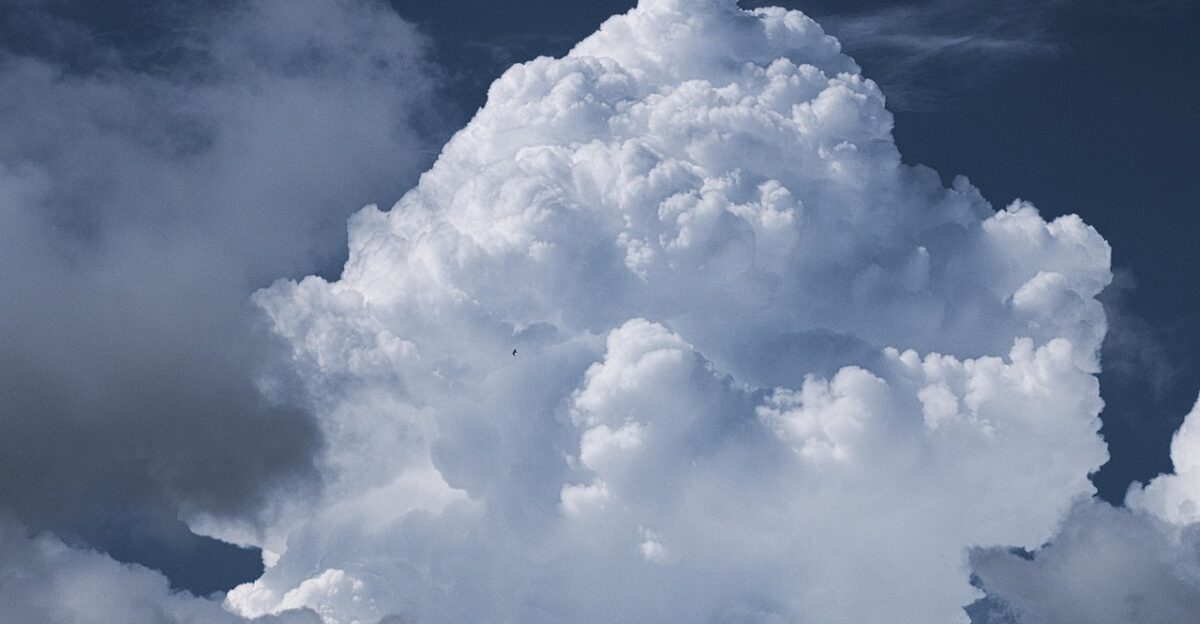
This phenomenon is the result of a number of forces. The unseasonably strong low-pressure system from the Pacific Northwest pulled cold Arctic air deep into the Northern Rockies, clashed with the lingering, moist spring air, creating a perfect recipe for heavy, wet snow.
The jet stream, which normally flows north in summer, dropped farther south than usual, acting as a conveyor belt for Arctic chill.
The Timeline: When Did the Storm Arrive and Who was in Its Path
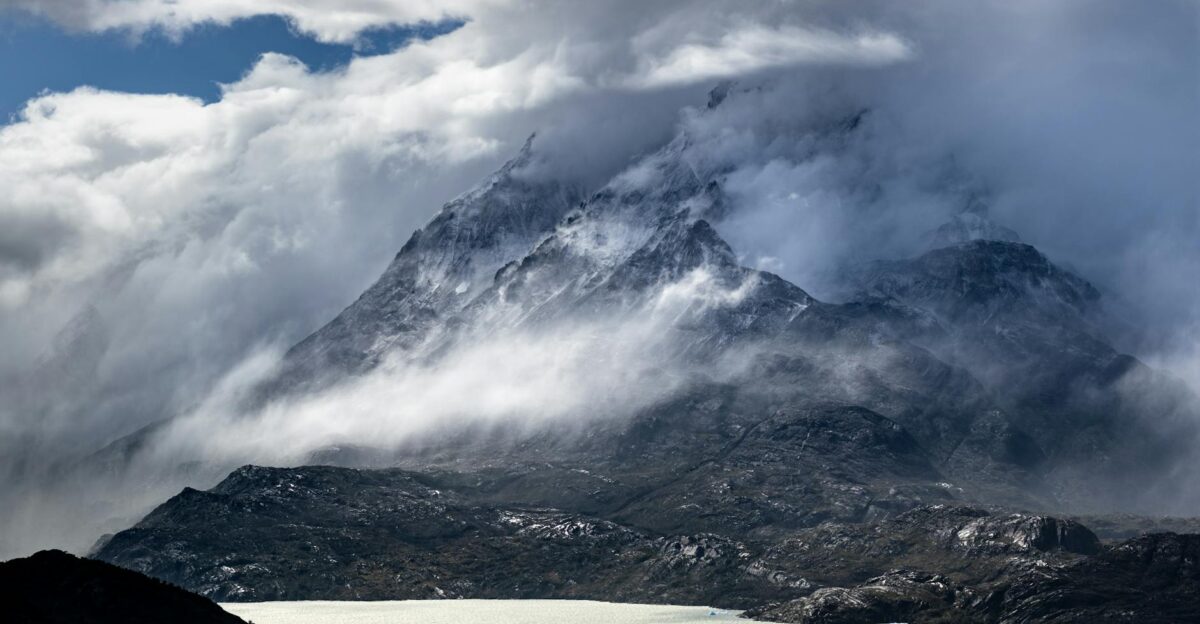
The storm began late Friday, 27 June, and intensified over the weekend. Finally coming to an end on Monday, June 30. The worst of it was seen in western and central Montana, including Glacier National Park, with snow level falling upon valley floors in some areas.
Lower elevations were likely to get a maximum of six inches, but the mountains faced the full brunt, with roughly two feet of snowfall and sustained winds of 45 mph.
Why Now? Solving the Climate Puzzle Behind the Storm
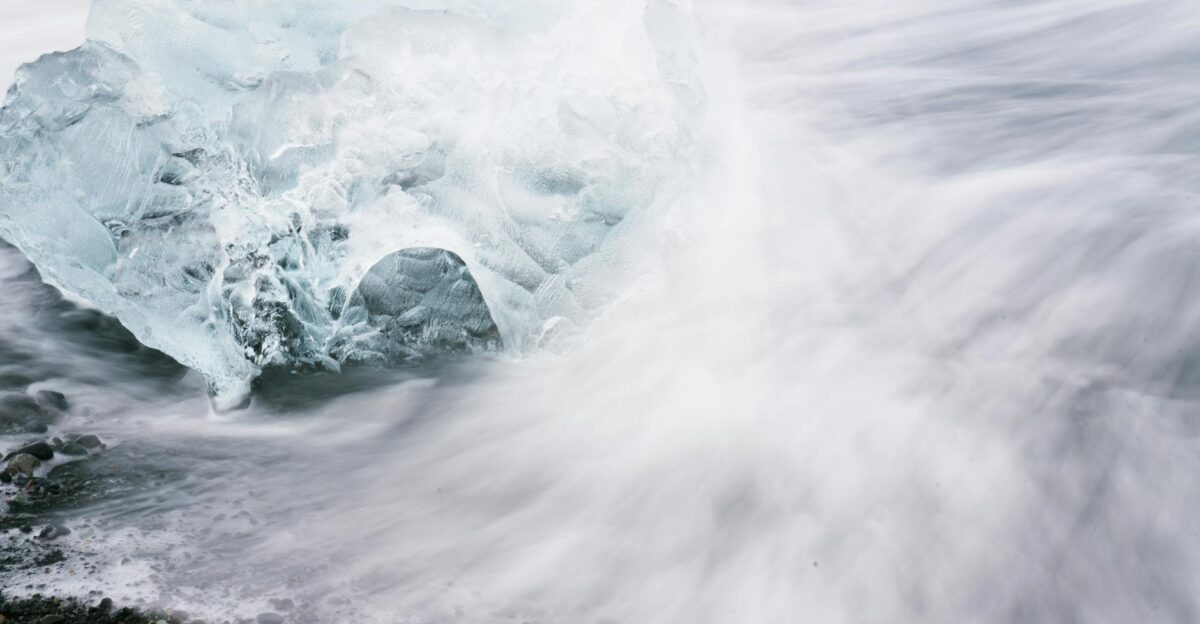
The timing of this storm isn’t coincidental. The jet stream’s aberrant behavior was a prime motivator. New studies show that similar random patterns have happened before. Only now, storms are intensified by a warmer, more humid air environment.
The Arctic is warming at nearly four times the rate of the planet as a whole, so there’s more moisture and energy that contributes to extreme events.
Montana in the Crosshairs: Where the Snow Will Fall Hardest
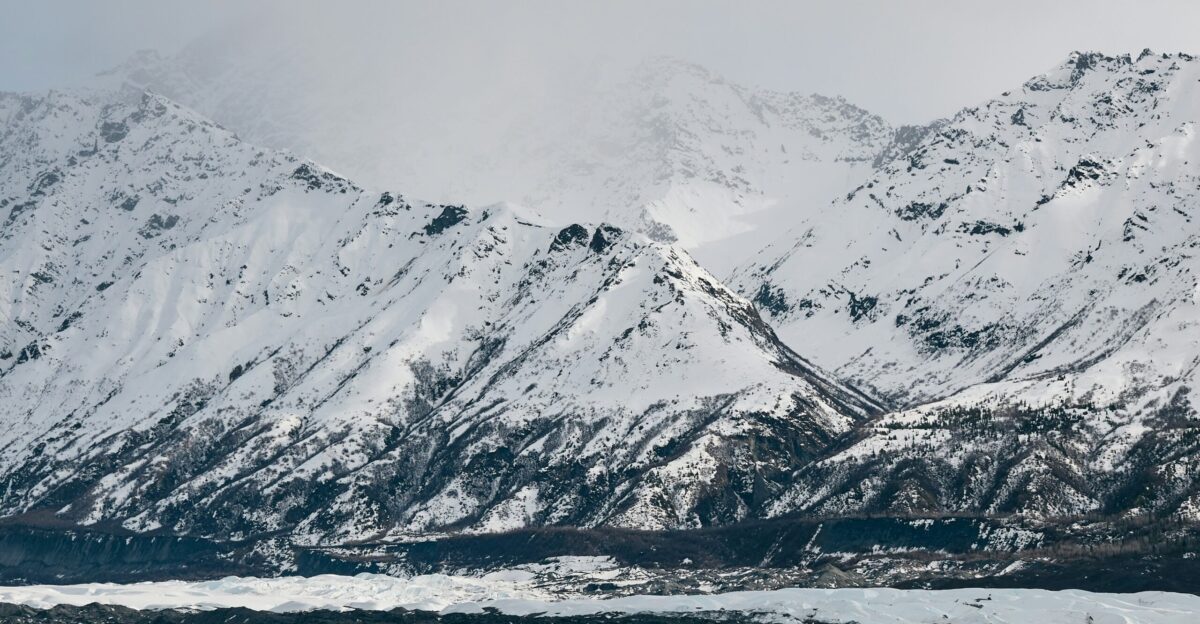
Northwest Montana was where the storm really hit. Glacier National Park’s Logan Pass was predicted to receive as much as 10 inches, while the surrounding high country saw 12 to 24 inches.
Lower valleys weren’t safe from the storm either; a few inches of wet, heavy snow have the potential to shut down highways and topple trees.
Forecasted Conditions: More Than Snow, But Wind and Ice

This wasn’t just a light dusting. The snow was heavy enough to cling to trees and power lines, and high-wind gusts could result in extensive outages and tree fall. Temperatures were set to go into the 30s, particularly in mountainous areas, and the wind made it colder still.
For drivers on the highways, whiteout and ice conditions made driving hazardous or impossible.
Climate Experts Weigh In: Is This the New Normal?
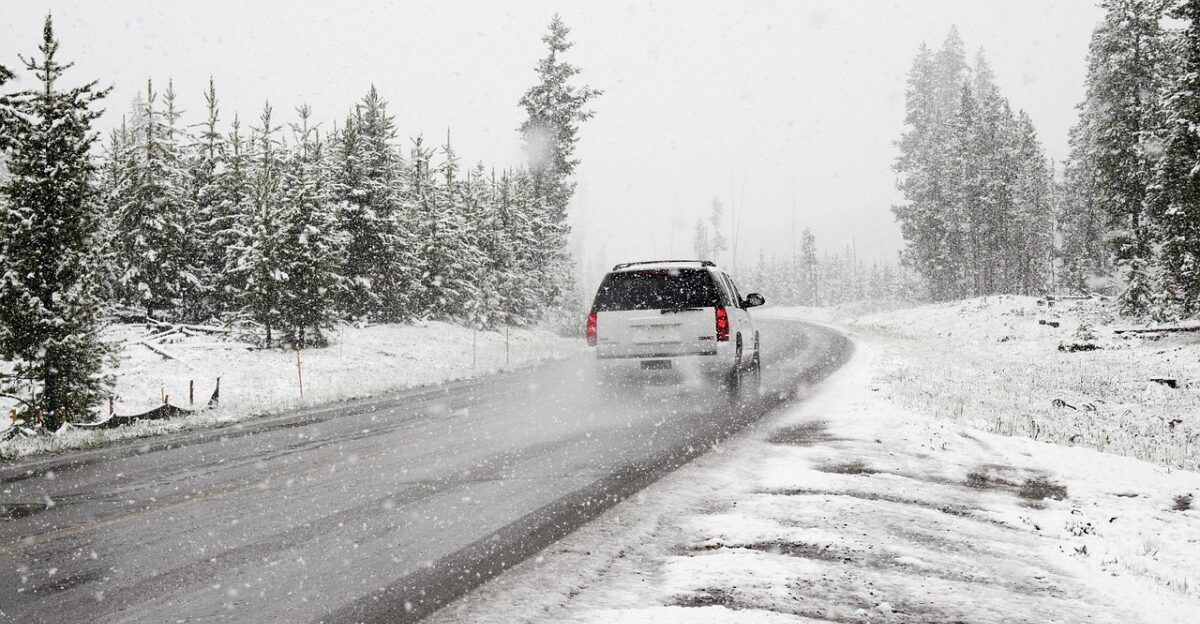
Although unseasonal snowstorms have historical precedents, the intensity and timing of this particular storm is eye-opening. Researchers note that global warming increases the risk of extreme weather—not by making the jet stream more variable, but by energizing storms with more moisture and energy.
As one researcher stated that, “The atmosphere is holding more water, so that when these cold surges happen, the resulting storms are bigger and more destructive than they used to be.”
Historical Echoes: When Has This Happened Before?
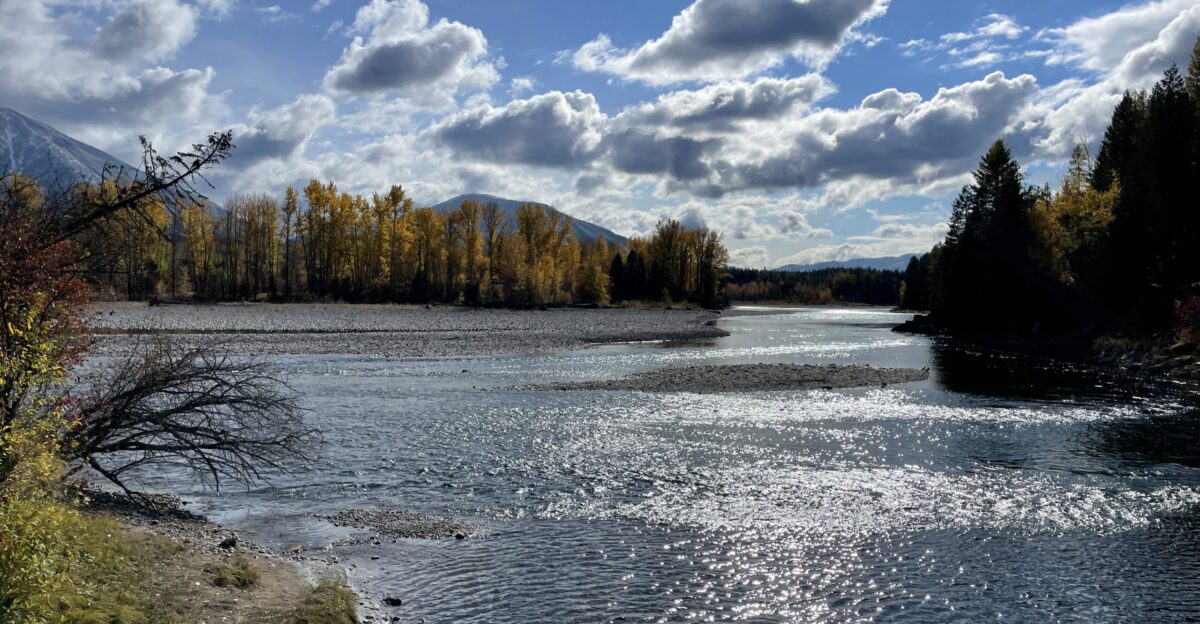
June snow in Montana has happened before, but not to this extent. The last major mid-summer snowstorm that affected Glacier National Park was in 2022, but its severity was far below what was forecasted this last weekend.
Late-season snow doesn’t occur as frequently in upper elevations, but two feet in June is a statistical abnormality.
Behind the Scenes: How Officials and Scientists Mobilized
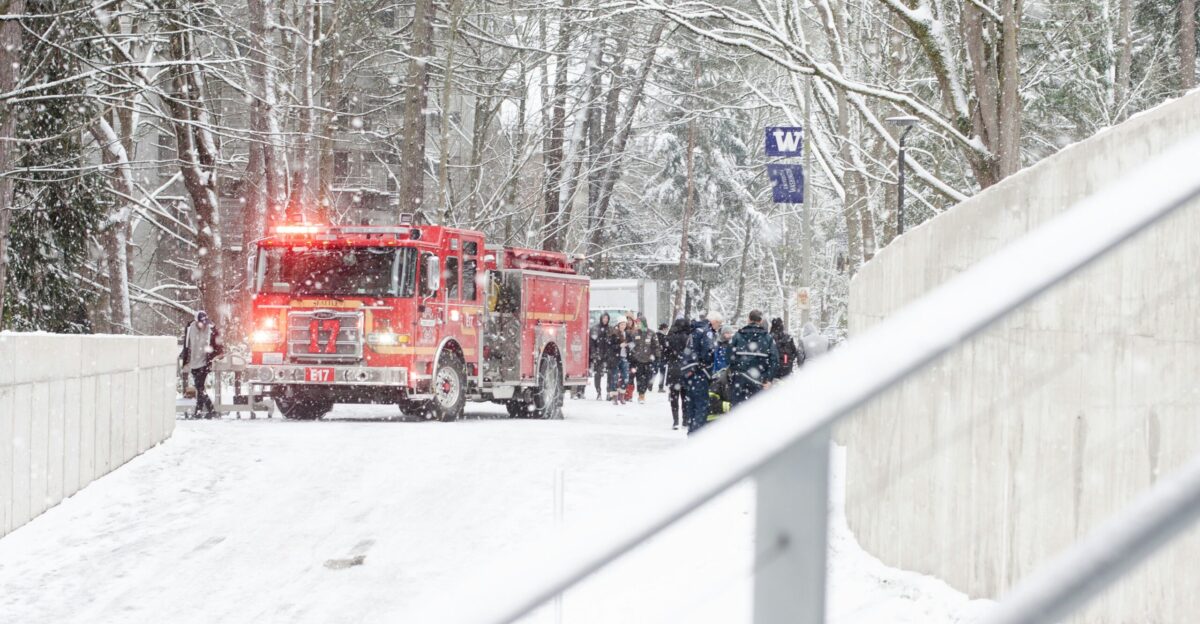
Emergency response teams and park officials prepared to shut down and for potential rescues. Glacier National Park posted warnings of temporarily closing Going-to-the-Sun Road, and local authorities coordinated with the National Weather Service to update forecasts and warning systems.
Moreover, researchers used the storm to experiment with extreme-weather models on a warming planet, and meteorologists fielded urgent and scared public questions.
Ripple 1: Cities Braced for Revolt—From Power Outages to Gridlock
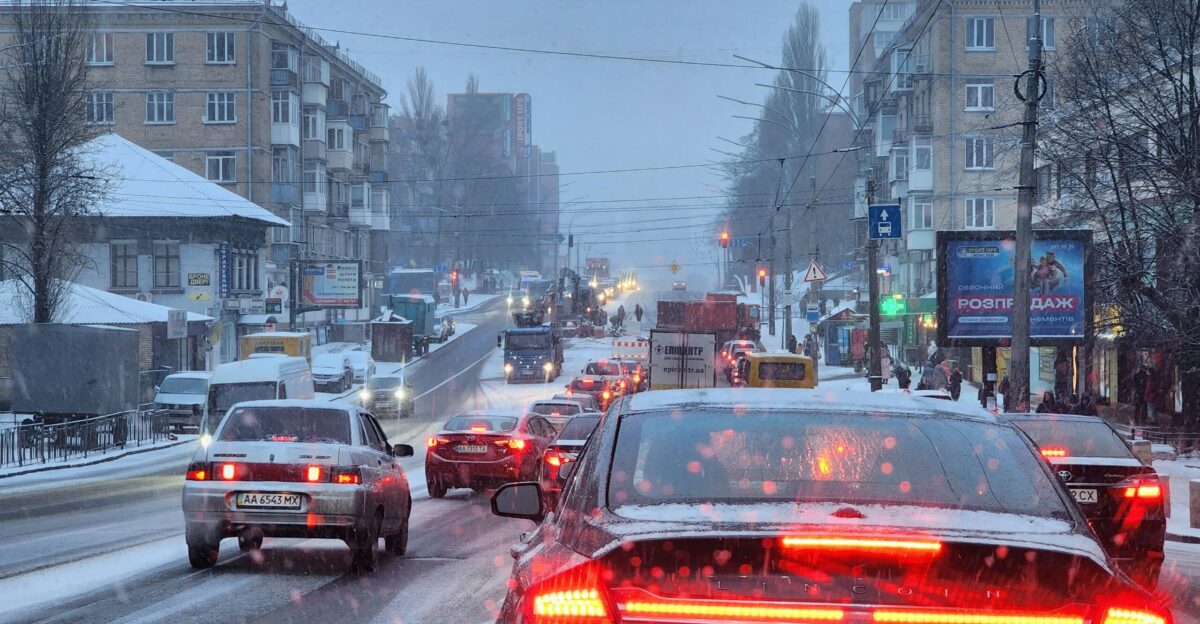
Cities and towns along the storm track braced for power outages, traffic congestion, and infrastructure damage. Heavy, wet snow can drop power lines and trees, leaving thousands of residents in the dark.
Further, road closures can isolate neighborhoods, complicate emergency response, and disrupt supply chains. While airports had flight delays or cancellations, impacting people nationwide.
Ripple 2: Human Health and Safety—A Hidden Crisis
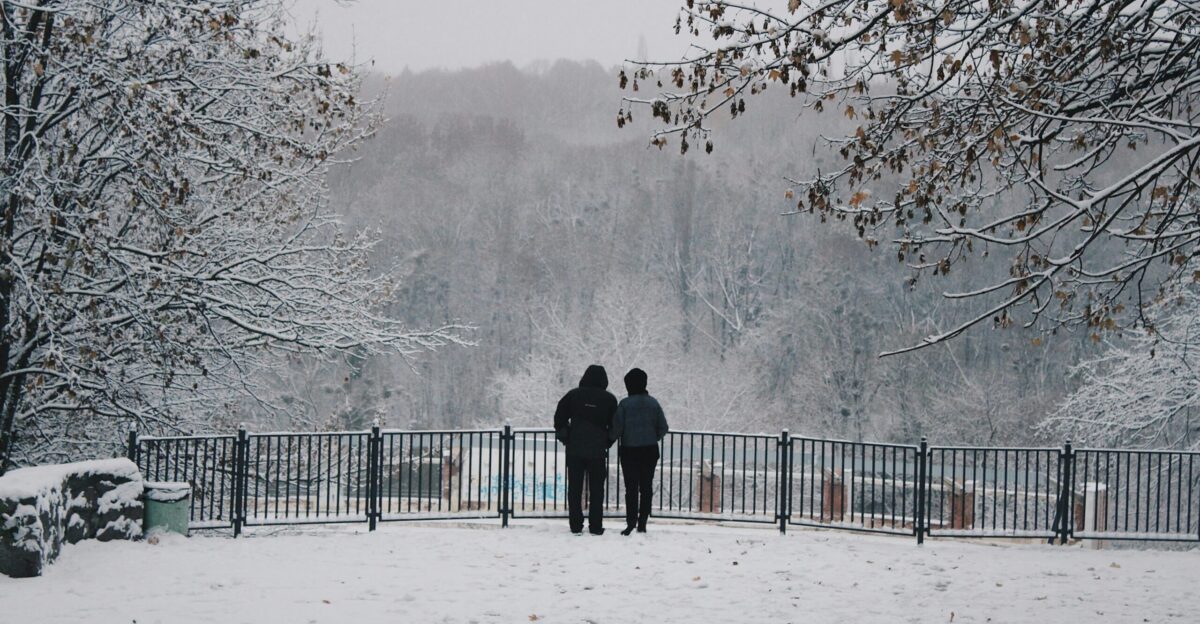
A weekend storm means more people getting caught in the dark. But, besides the immediate risk of wet roads and downed power lines, human health is at risk.
Hypothermia and frostbite were real concerns, especially for the elderly, children, and those not adequately protected. The storm also posed a threat to mental health—stress, loneliness, and worry increases during extreme weather events.
Ripple 3: Ecological Balance at Risk

Another concern is the impact the storm had on wildlife and the effect on the region’s environment. A sudden, deep summer snowstorm can devastate wildlife—blocking food sources, trapping birds and small mammals, and damaging plants not suited to the frigid temperatures.
These shocks ripple through food webs, threatening animal survival and plant regeneration, leaving long-term scars on the region’s biodiversity and ecological balance.
On the Ground: Stories of Grit and Community
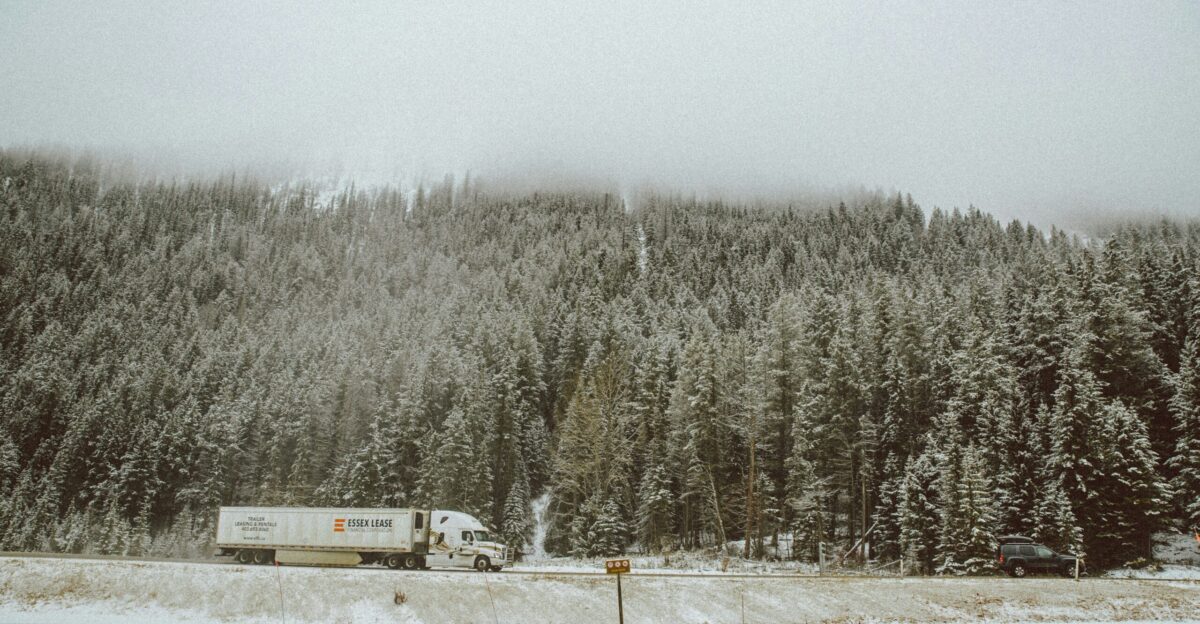
On Reddit, TikTok, and local news, stories of neighbors helping each other, stranded visitors lending their equipment to those who needed it more, and park rangers working overtime to ensure visitors stay safe.
Social media was flooded with videos of white winter landscapes but also practical survival tips. “Dress in layers, stay off the roads, and don’t underestimate the cold,” warned one Redditor.
Policy Ripples: Policymakers and Advocates Respond
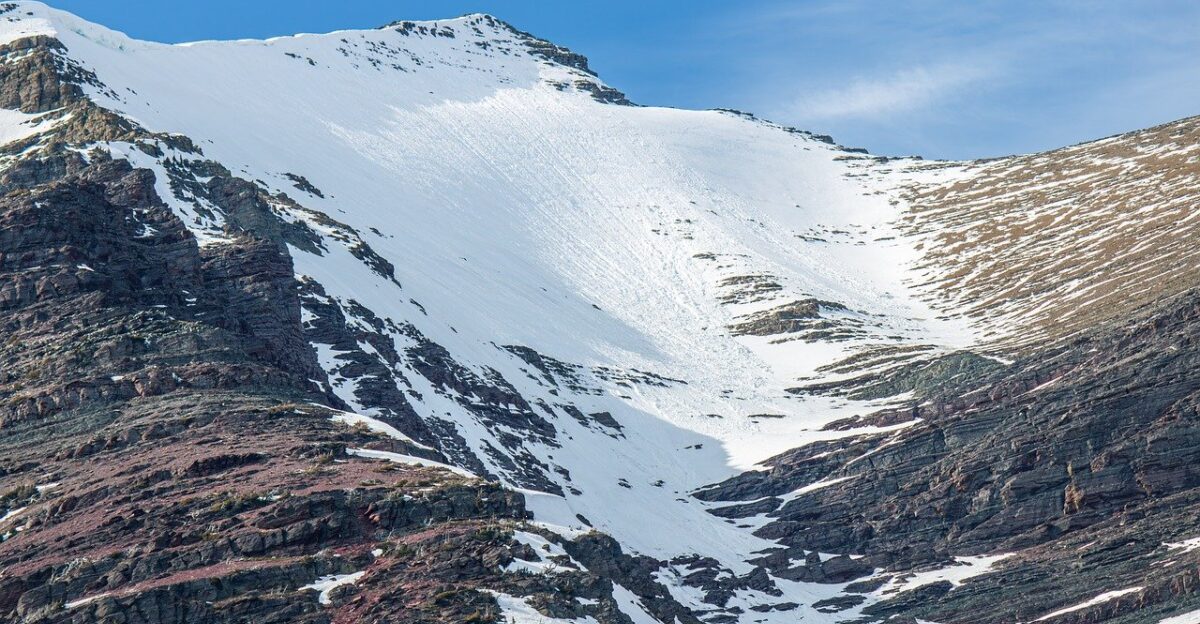
The blizzard saw policymakers and advocacy groups calling for increased spending on climate resilience and emergency preparedness, while others debated the extent to which this might be due to climate change.
Environmental activists took the opportunity to call for decreased emissions and better infrastructure, but skeptics wonder if this is just weather anomaly, not climate crisis.
The Lasting Ripple: What This Means for Our Future
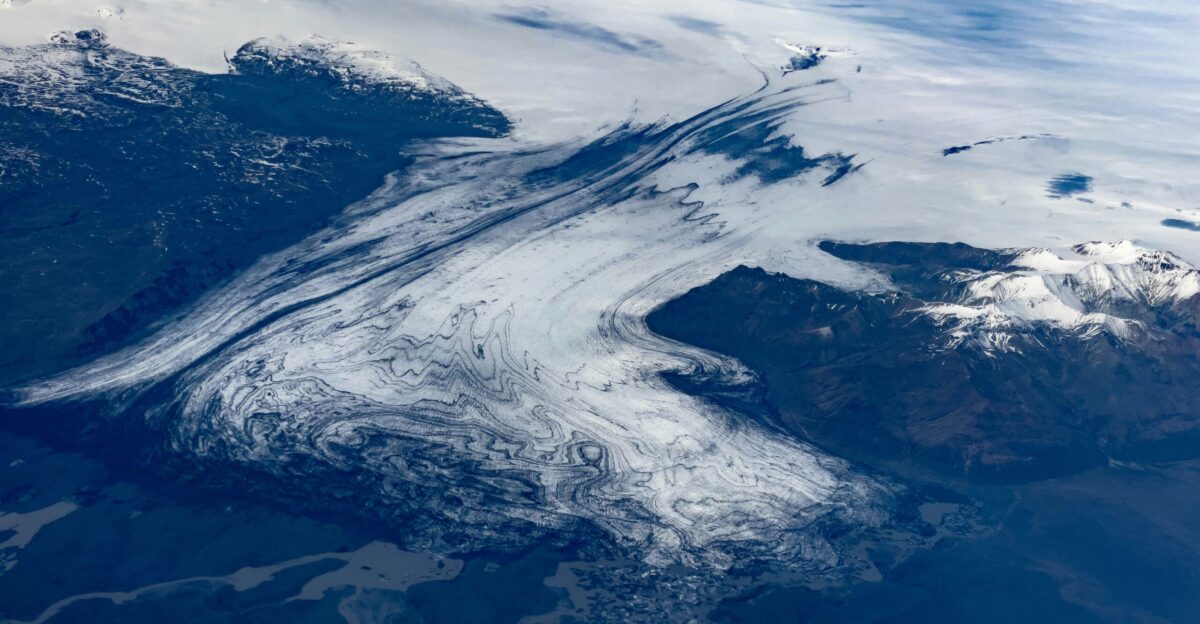
But this storm is not just a weather anomaly; it’s a warning that the world is changing. When Arctic air combines with the Northwest’s moisture and jet stream in June, the line between seasons blurs, posing increasing dangers.
The ripple effects run much farther than Montana—defying assumptions, pushing systems, and reminding us that in a shifting climate, the only constant is surprise.
The choices we make today—regarding preparedness, infrastructure, and emissions—will decide whether we survive the next storm, and the one after that.


